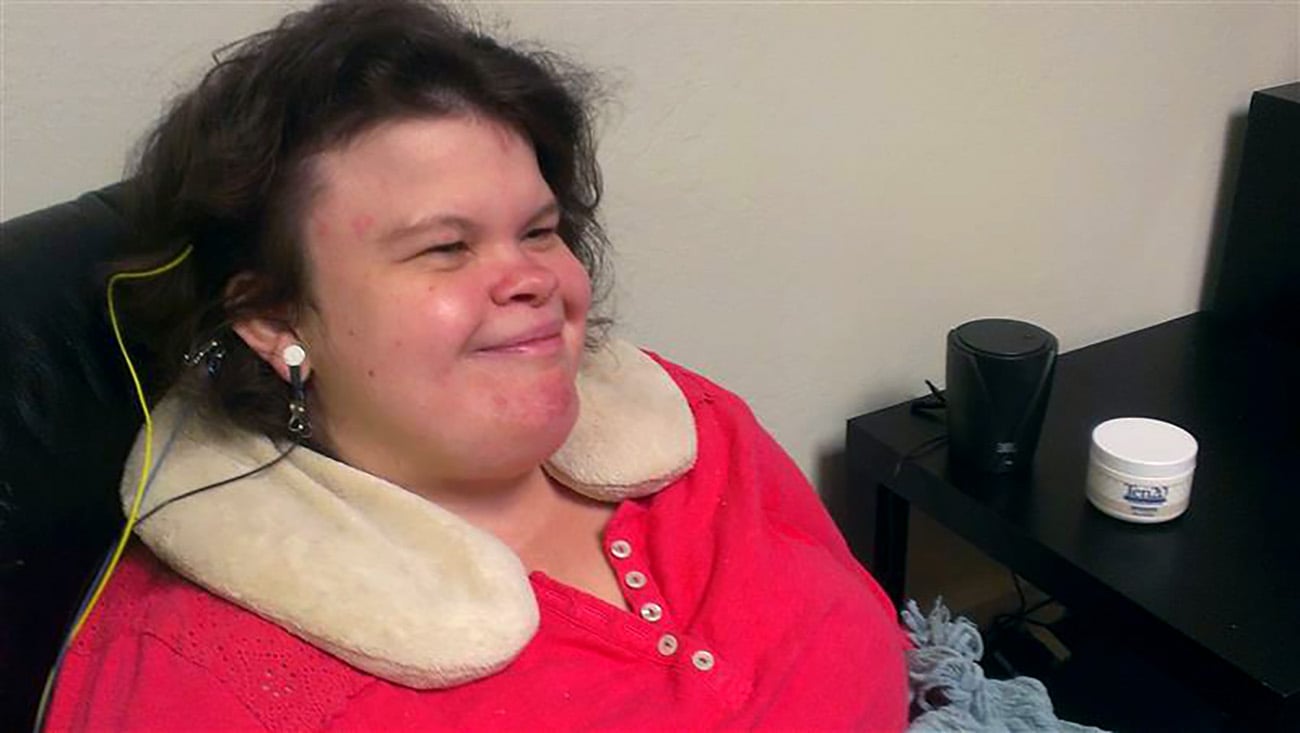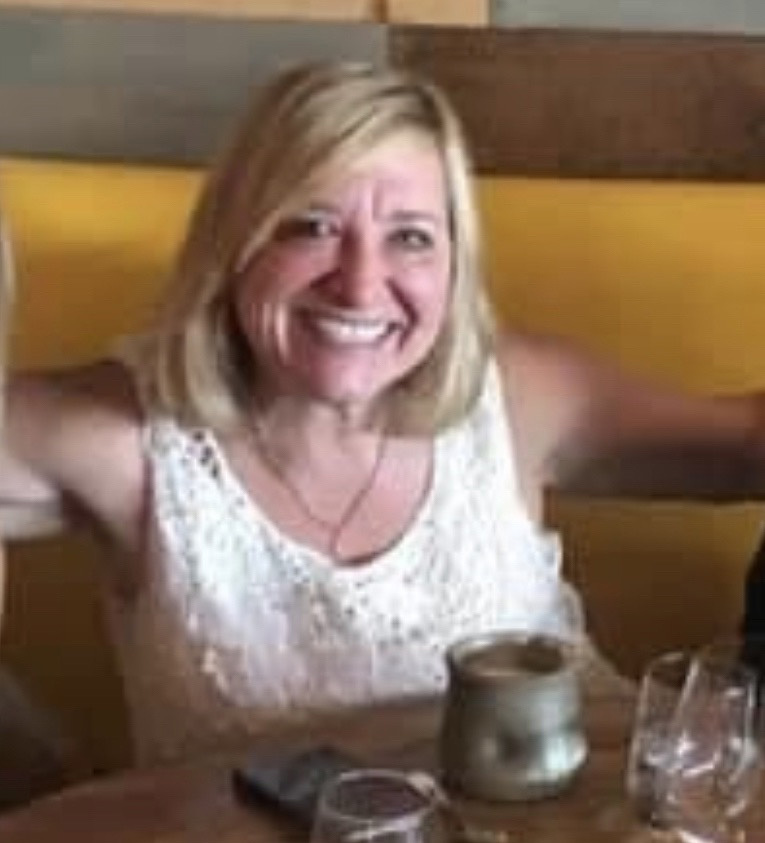A Mother’s Journey with NeurOptimal®
A Mother’s Journey with NeurOptimal®

We all have stories, right? Some we can’t seem to shake, and others that bring a smile to our faces. Mine definitely falls into the latter category. You might wonder how I got involved with Zengar® and ended up dedicating my career to NeurOptimal® Dynamical Neurofeedback®. It feels especially fitting to share this now, as NeurOptimal® celebrates its 25th anniversary.
My journey really started about five years before NeurOptimal® came into existence. My husband, Marc, and I adopted a sweet 2-year-old girl named Lizzie. She had fetal alcohol syndrome, and we knew it would be a lifelong adventure. Lizzie faced developmental delays, hearing impairments, a language disorder, and something called global apraxia. It was a lot, but her bright eyes and gentle spirit just pulled us in. I’d been working with her in an Infant Stimulation program, so I brought her home and, well, asked Marc if we could keep her!
We were young and knew it would be challenging, so we dove into finding the best support for Lizzie, adding to my background in special education, deaf education, and music therapy. We explored sign language, sound therapies, hyperbaric oxygen therapy, equine therapy, speech and language therapy, physical therapy, and occupational therapy. Then, one day, I saw a segment on 60 Minutes about neurofeedback.
Intrigued, I started researching, just like I did for my Ph.D., and eventually headed to California to learn more. At the time, the only option was linear neurofeedback, a medical model. Knowing Lizzie’s brain was already affected by alcohol; I was hesitant to risk further damage. Still, I took every course I could find on biofeedback and neurofeedback, hoping this would be the key for her.
Lizzie, by then 13, still had limited language and balance. We’d tried neurofeedback on and off but hadn’t seen much change. Then, I attended a course by Dr. Valdeane Brown in Chicago. He presented neurofeedback in a completely different light. He spoke about allowing the brain to naturally move away from discomfort, rather than forcing it into a specific state recommended by a technician. He suggested that the brain could heal itself when given the right information.
His approach resonated with me, especially with my background in holistic medicine. The more I learned, the more I realized this was exactly what Lizzie needed. Dr. Brown was still developing what we now know as NeurOptimal®, but the concept of Dynamical Neurofeedback® was clear. I continued learning from him in Victoria, B.C., where I also met Dr. Susan Brown. I realized this wasn’t just for Lizzie; it could help so many others. I started using Dr. Brown’s 5-Phase Model with the children at my school, which became the foundation for my dissertation research on children and neurofeedback.
Meanwhile, Lizzie began to change. During her first Session with this new approach, her right hemisphere initially showed no activity — a surprising observation! Dr. Brown had given me his number, so I called him. During her second Session, with Dr. Brown on the phone, her right hemisphere suddenly activated, and the left deactivated. As we talked, her brain began to find stability. It was incredible to witness! After a few more Sessions, she began using both her right and left hemispheres together, creating a more optimal structure for language development and greater overall stability.
The changes in her language were the most dramatic. She had been using 3–4-word phrases that were only understandable to her family. After a few weeks, she was speaking in full sentences — still somewhat unclear, but remarkably different. Lizzie is now 43 years old. She has used NeurOptimal® over all these years and has made tremendous progress. She still faces challenges, but her brain has developed in amazing ways.
About eight years ago, I reached out to Zengar®. With my background in neuropsychology and education, and running three busy NeurOptimal® offices, I felt a strong desire to share what I had learned with the NeurOptimal® community. I was honored when Dr. Valdeane Brown, Dr. Susan Brown, Sam Diavatis, and Alex Theoret asked me to create courses to help people understand how NeurOptimal® works.
My focus was on how our brains naturally strive to optimize when things feel off, whether it’s something happening inside the body or outside. Essentially, the brain speaks in the language of noticing changes and moving away from discomfort. While this may seem straightforward, NeurOptimal® is designed to work within this inherent language system, using a sophisticated mathematical process to support the brain as it shifts. It’s like training your brain to be more adaptable and resilient, helping to interrupt ingrained patterns. The brain uses this new information to create healthier patterns in an individual’s life.
Looking back, NeurOptimal® gave me more than a way to support my daughter — it opened a path to growth, resilience, and new beginnings for us both. Today, through my work at Zengar®, I’m grateful to help others discover the same possibilities. This Mother’s Day, I celebrate every small victory, every moment of discovery, and the joy of witnessing true transformation.
Wishing all mothers a journey filled with hope, strength, and love.
Post Contributor
Lise’ DeLong, Ph.D, CPCRT
Cognitive Rehabilitation Therapist
Director of Education

About Lise: Lise specialized in language disorders (reading, writing, listening, speaking) in children from newborn to young adults. She owned and operated a private accredited preschool, elementary School, and middle school focusing in brain-based education in Greenwood, Indiana.

Leave a Reply
You must be logged in to post a comment.